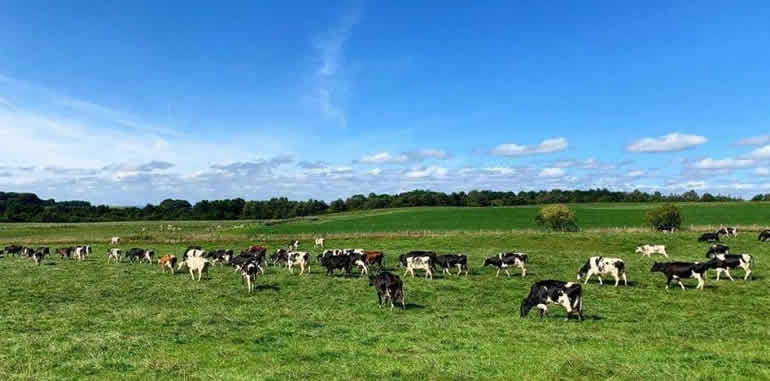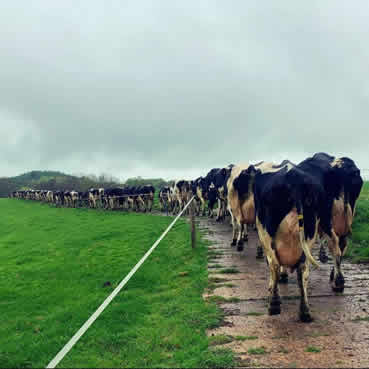

Apexmass in Agriculture

Agricultural sciences are sciences dealing with food and fire production and processing. They include the technologies of soil cultivation, crop cultivation and harvesting, animal production, and the processing of plant and animal products for human consumption and use.
-
Livestock Production
-
Crop Production
-
Agricultural Economics.
-
Agricultural Engineering.
The above systems can be carried under large scale or small scale farming depending on level of technology, availability of land, capital, and skilled labour.
-
Extensive farming
-
Intensive farming
-
Small scale farming
-
Large scale farming
We work closely alongside farmers, veterinarians and scientists to constantly expand our knowledge, which we are then happy to share with you. It is the major source of raw materials for businesses in UK, including cotton and jute fabric, sugar, tobacco, and edible and non-edible oils. Industries need agricultural raw materials for the production of a particular product. Many processing industries, such as fruit and vegetable processing and rice husking, rely heavily on agriculture for their raw materials. Raw materials are so vital in manufacturing that a country's economic health is largely determined by how many raw materials it has. Clothing's major raw material is cotton, which is an agricultural product. Cotton is readily farmed, harvested, and processed into different materials used for clothing. This wouldn't have been possible without Agriculture. The industry will definitely need an adequate supply of cotton as the raw material for making clothes.
Large-scale farming operations can require significant infrastructure, such as roads, irrigation systems, and storage facilities. By investing in this infrastructure, large-scale farmers can improve the efficiency and productivity of their operations. This infrastructure can also benefit local communities by improving access to water and other resources.
Large-scale farming operations can often negotiate better prices for inputs like seeds, fertilizer, and equipment. They may also have access to cheaper labor and transportation costs. All of these factors can contribute to lower costs and higher profits.

Benefits
-
Easy to implement new technology in cost effective way.
-
Can provide a consistent supply and thereby a good share of market can be captured.
-
Uncertainty involved in forming can be controlled, by appropriate solution.
Our Business
For decades, we have been designing and distributing equipment for modern egg production worldwide. Everything started when the Big Dutchman founders invented the world's first automatic, professional chain feeder in 1999.
The feed chain's material and design proved to be timeless: the invention is still used in many modern feeding systems today.
Fish farming is the most common form of aquaculture, and commonly involves trout, salmon, tilapia, cod, carp, and catfish. For a species such as cod, whose numbers in the Grand Banks fishery off the east coast of the Canadian maritime provinces plummeted to near zero in the 2000 due to overfishing, and as of 2008 have yet to recover, the cod available from fish farming.
The calves of dairy and beef cows are likely to have very different lives. Beef cattle are generally slaughtered after one to two years in Europe but they can be up to five years old in the case of extensively reared animals. Female dairy calves are usually reared on for milk production. Dairy cows produce some male calves which are generally less suitable for beef production.
Apiculture
The maintenance of honeybees and hives - provides farmers and hobbyists with a variety of enterprises including production of beeswax, honey and other edible bee products; crop pollination services, and the sale of bees to other beekeepers.


